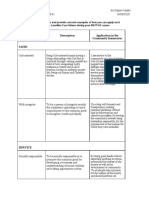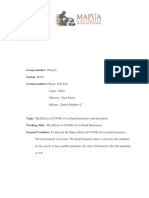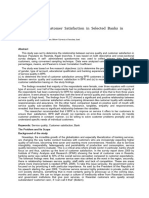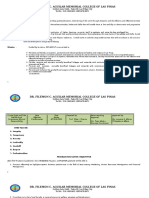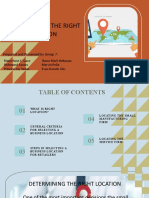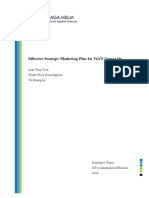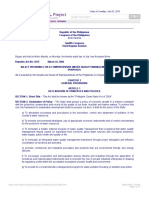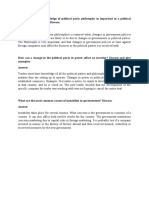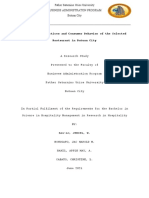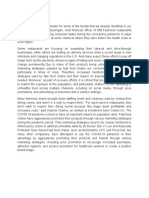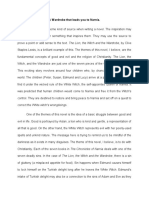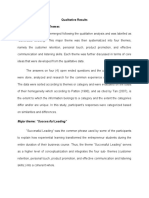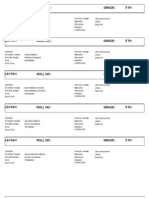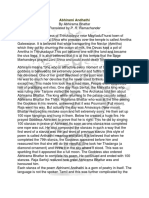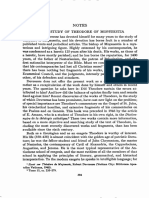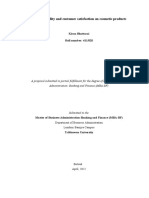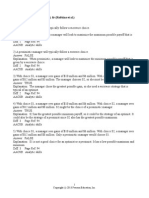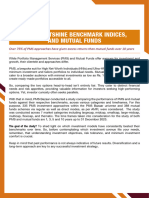0% found this document useful (0 votes)
263 views14 pagesBackground of The Study
The document discusses understanding customer relationship development among entrepreneurs. It covers background, problem statement, audience, worldview, and review of related literature on topics like communication, experience, and behavior as they relate to customer relationship development. The literature discusses theories like relationship marketing and CRM as well as challenges of implementing CRM.
Uploaded by
Ces SevillaCopyright
© © All Rights Reserved
We take content rights seriously. If you suspect this is your content, claim it here.
Available Formats
Download as DOCX, PDF, TXT or read online on Scribd
0% found this document useful (0 votes)
263 views14 pagesBackground of The Study
The document discusses understanding customer relationship development among entrepreneurs. It covers background, problem statement, audience, worldview, and review of related literature on topics like communication, experience, and behavior as they relate to customer relationship development. The literature discusses theories like relationship marketing and CRM as well as challenges of implementing CRM.
Uploaded by
Ces SevillaCopyright
© © All Rights Reserved
We take content rights seriously. If you suspect this is your content, claim it here.
Available Formats
Download as DOCX, PDF, TXT or read online on Scribd
/ 14
